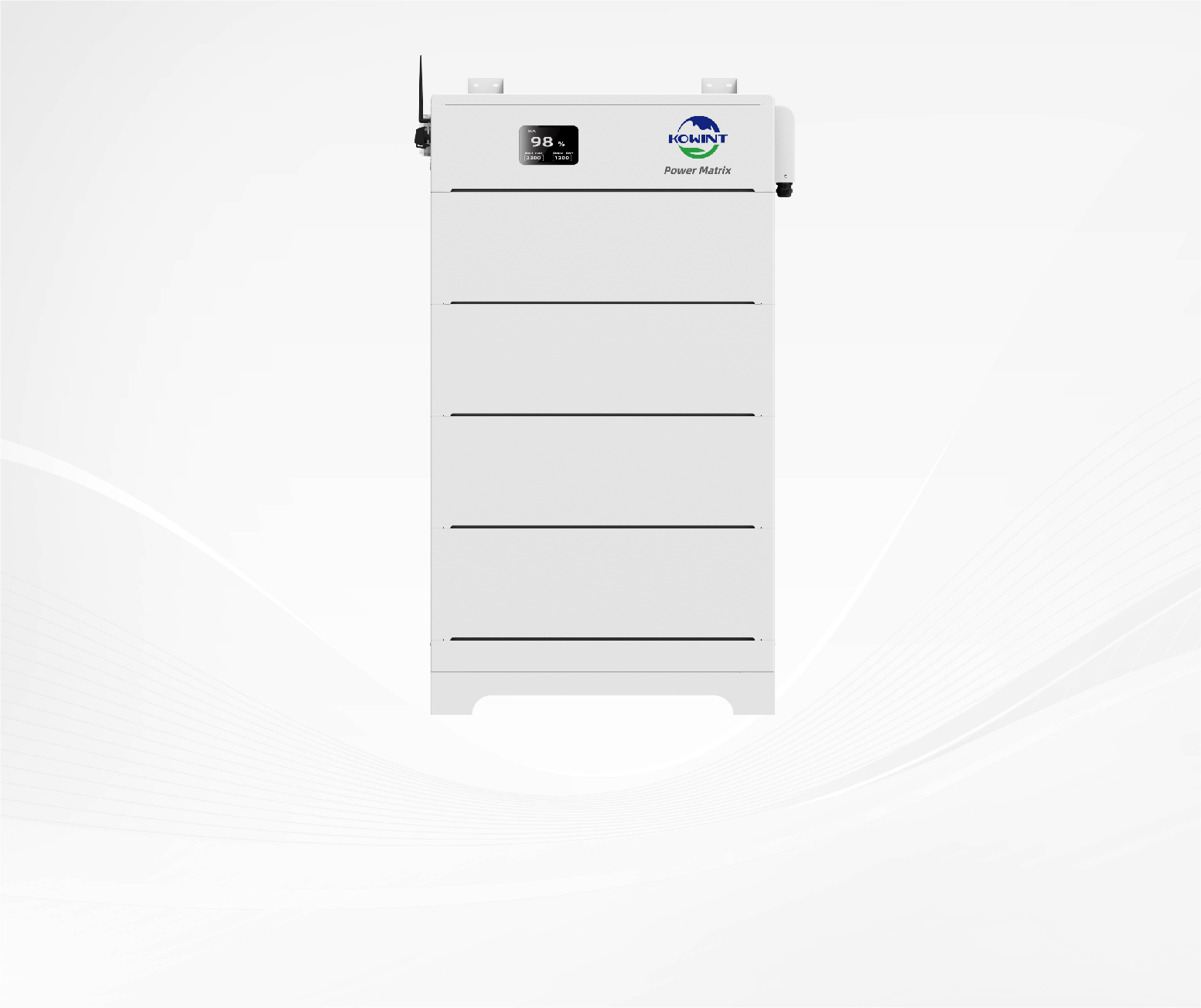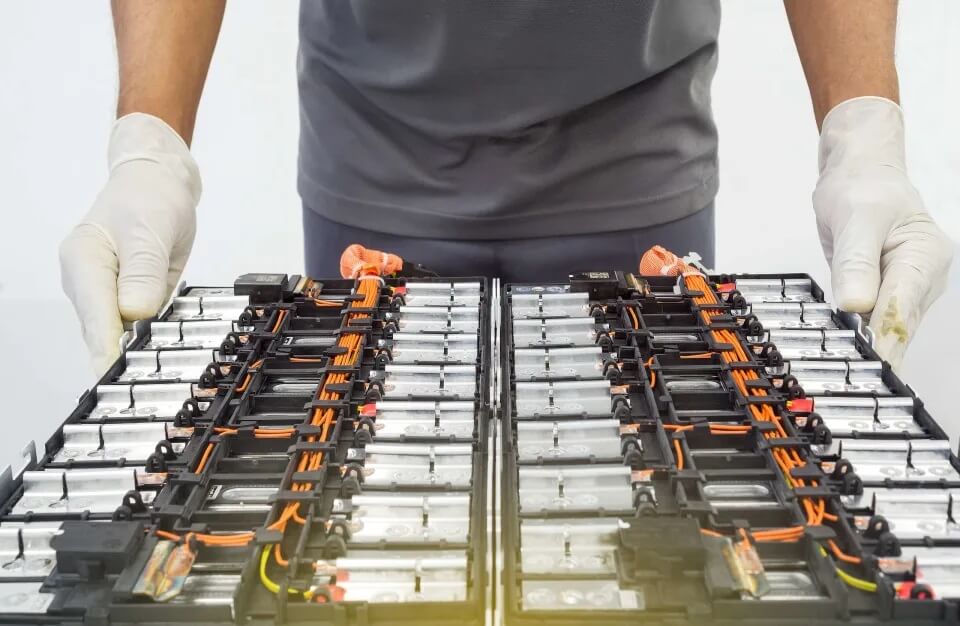How to Charge a Deep Cycle Battery: A comprehensive Guide
Guidelines for Recharging a Deep Cycle Battery You need deep-cycle batteries to power your RV or boat's appliances like the refrigerator and lighting. But how do you go about charging them when the time comes? Here, we'll explain how to charge a deep-cycle battery from the ground up.
What's a deep cycle battery, and why do you need one?
A deep cycle battery is a rechargeable battery that is made to be used "deeply" or to its fullest potential on a regular basis. This type of battery works well in situations where it needs to be charged and drained often, like in an RV or a boat. It also works well in situations where it needs to be charged and drained regularly, like in telecoms and solar systems.
To get the most out of a deep cycle battery when charging it, it's important to make sure that the charging time and charging speed have been correctly measured.

How To Charge A Deep Cycle Battery?
If you follow this guide, you won't have to work hard to charge a deep-cycle battery. No matter what kind of cells you have, there are several ways to charge a deep cycle battery.
l Solar power
l Grid power
l Alternator and starter battery
First, if you choose solar power, you need to buy a solar power system, which includes solar cells, one or two charge controllers, and inverters. This means that a lot of money will have to be spent. But once you start using solar energy instead of grid power or fossil fuels, the cost of solar power systems can be paid back slowly.
You can also use the AC power from your grid to charge your deep cycle battery, but you'll need an AC-to-DC battery charger for that. For example, you can't charge lithium batteries with a charger made for lead acid batteries. Instead, you need a charger made just for lithium batteries.
If neither of the above ways works for you, you can still try to charge your deep cycle battery by using the alternator and the starter battery together, but you will need a DC to DC On-Board Battery Charger for this.
With the right care and maintenance, you can make sure your battery stores energy safely for years to come.
Best Way To Charge A Deep-Cycle Battery
Charging a deep-cycle battery regularly is essential for keeping it in good condition and extending its lifespan. That's why, regardless of the charging method you choose, you'll need a proper charger. In order to prevent either overcharging or undercharging, modern battery chargers typically incorporate numerous charge stages.
The phases of charging consist of:
l The first phase, known as bulk charging, involves a rapid increase in the battery's voltage;
l The second phase, known as absorption charging, begins once the battery's voltage reaches a specified threshold.
l Float charging: once the battery is at full capacity, the charger will begin the float charging process, feeding the battery a very small current to maintain full capacity while in storage for an extended period of time.
Therefore, the most effective method for charging a deep cycle battery is with a battery charger or charge controller made for that particular battery type. Make sure the charger's maximum charge rate doesn't exceed the battery's maximum charge rate. Overcharging can cause the battery's electrolyte levels to become imbalanced and shorten its lifespan, therefore it's important to follow the manufacturer's recommendations. When maintained properly, deep-cycle batteries can last for years.
How long does it take a deep cycle battery to charge?
It's important to charge a deep-cycle battery to make sure it stays healthy over time. How long it takes to charge varies on the type of charger used, the size and type of battery, and how much charge was already in the battery when it was put in.
Depending on these things, it can take anywhere from an hour to 24 hours to fully charge a deep cycle battery. As a general rule, you can split the amp hours of your solar battery by the amps that come from your solar panels, battery charger, alternator, or both.
For example, if you have a solar power system with three 100-watt solar panels connected in series, which, in ideal conditions, would produce a current of 25 amps, and a 12V 100Ah lithium battery. The battery needs to be charged for a total of four hours. Here's how it works: 100Ah/25A=4hrs.
The same method can be used to figure out the charge time for other charging methods. Divide the amp hours of your battery by the current going into it.
How long does a deep cycle battery last before it needs to be charged again?
There are two aspects of durability that can be considered when answering the question of how long a deep cycle battery will last: service lifespan and cycle life.
There is a wide range of expected lifespans for deep cycle batteries. Good maintenance can extend the life of lead acid batteries like AGM batteries by six to ten years, the life of gel batteries by the same amount of time, and the life of flooded lead acid batteries by three to five years. One of the most recent and successful battery technologies, lithium batteries can last as long as 20 years.

These batteries also function differently over their lifespan. You should expect between 250 and 1200 cycles from a flooded lead acid battery, 500 to 1200 from an AGM battery, 500 to 2000 from a gel battery, and between 2000 and 5000 from a lithium battery. The lithium iron phosphate battery included in Kowint's 12V 100A model may be charged in a deep cycle.
How long can you go between chargings with a deep cycle battery? Temperature, battery age, current consumption, and battery quality are just a few of the variables that might affect battery life. In ideal conditions with minimal current drain, a brand new deep cycle battery can go as long as six months without being depleted. Lead acid batteries require regular checking of water levels.
You should charge your deep cycle battery once every three to four months using a charger that is powerful enough and has voltage settings designed for deep cycle batteries.
Why should you never overcharge a deep cycle battery?
If you overcharge a deep-cycle battery, it might not work as well and might even break. When a battery is overused, it puts more stress on the cells, which causes the plates to wear down, more dangerous gases to build up, and a shorter life span for the battery as a whole.
Too much power also makes the battery hotter, which could lead to a situation called thermal runaway, which could start a fire. To make sure that deep cycle batteries work well and are safe, you should always use a good charger made for deep cycle uses. This type of charger will turn off when the battery is fully charged or trickle charge as needed so that the battery is never overcharged. Buying a good charging system could save you money in the long run by extending the life of your batteries and keeping your gadgets going for years.

Types of Deep-Cycle Batteries
Lithium and lead acid deep-cycle batteries are the two most prevalent options.
When compared to lead-acid batteries, lithium-ion batteries have significant advantages. One key difference between lithium and lead acid batteries is that lithium batteries maintain their voltage throughout the cycle.
Therefore, every time you charge a lithium battery, you'll be able to produce more energy than you would with a lead-acid battery. Lithium batteries have an endless capacity for providing sufficient electric power, while lead acid deep cycle batteries have an unreasonable limit on the types of appliances they can run due to their limited amps of discharge.
Inquire about Our Lithium-Ion Batteries
Kowint's policy is to provide only the highest quality batteries available. Because of this, we made sure that the technology and characteristics of our deep-cycle lithium iron phosphate batteries were the best in the business.


